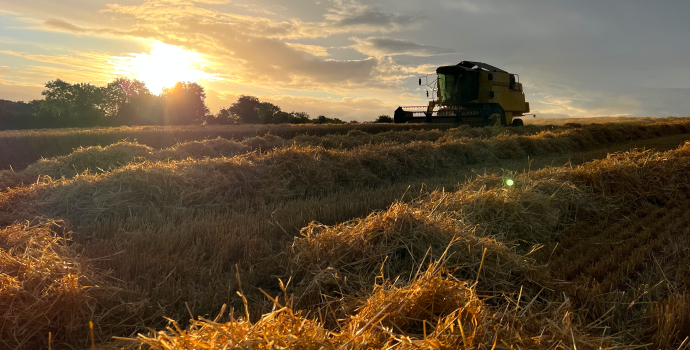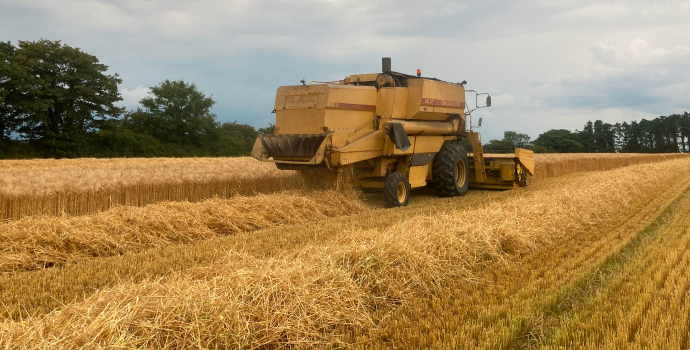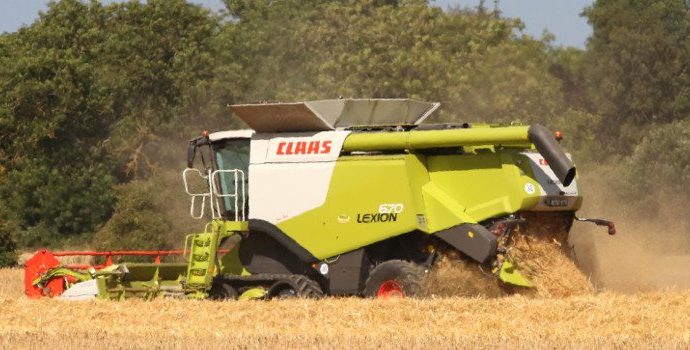
Market Prices & News
MATIF Dec 22 wheat prices were trading in a narrower price range over the past week but declines of 5% have taken place on Wednesday and Thursday of this week.
Grain vessels continue to access and depart the Black Sea ports in Ukraine, whilst the quantity and pace of exports remain low, this is imposing real downward pressure on prices.
Dry weather in many key maize producing countries is helping offset some of the decline in wheat prices, information on the maize harvest from late September onwards will be an important driver of future prices (AHDB).
Paris rapeseed Nov 22 markets have fallen this week as a result of lower crude oil prices and a better weather outlook for US soybeans. The market closed on Wednesday at €615/t, down €17.25/t since Monday.
Glanbia offered €280/t for green barley and €295/t for green wheat this week.
| Commodity | Nov/Dec 2022 Dried €/T |
| IRL Feed Wheat¹ | 340-345 |
| IRL Feed Barley¹ | 330 |
| Paris MATIF Wheat² | 311 |
| Paris Oilseed Rape² | 605 |
| Paris Maize² | 309 |
Global Grain Supply & Demand
The World Agricultural Supply and Demand Estimates for August were published by the USDA last Friday evening.
Global maize output for 2022/23 was reduced by 6.3 million tonnes compared to the July estimate, total production now forecast at 1,179.6 million tonnes. This is largely on the back of continuing dry weather in the USA, the world’s largest maize exporter. However, the USDA also reduced its EU maize forecast by 8 million tonnes.
Global wheat output was increased by 7.96 million tonnes to 779.60 million tonnes as a result of a very large Russian crop and good crop condition in Australia.
USDA pegged the Ukrainian corn crop at 30 million tonnes for 2022/23
In July Strategie Grains reduced EU maize output by 10 million tonnes to a total of 55.4 million tonnes.
Harvest Update from Grain Committee Members
Progress in the national harvest is significantly ahead of normal due to the recent August heatwave conditions.
Wheat and spring barley progress ranges from 85 to 100% complete in the south, south east, south midlands and in the mid-east. Spring oat and spring wheat crops are the remaining cereal crops to be cut in these areas.
In the west and north western counties where spring barley is the main crop, progress is reported as being 20-40% complete.
Winter wheat yields are reported as being good to very good with yield ranges of 3.7-5.3t/ac. Grain quality is excellent with high to very high bushel weights reported.
Spring barley crops are reported as yielding well nationally, occupying a range of 2.8-4.0t/ac, bushel weights are also very good.
Straw demand is variable by location but sales are reported as steady overall. Quality remains excellent due to prompt baling.
Grain moistures are very dry in all harvested crops to date and some have hit unprecedented lows of 11-12%, with 14-15% being typical. This is at least 4-5% lower than normal and will substantially reduce drying costs.
Harvest of winter and spring beans has commenced on some light soils, with disappointing yields, however, the majority of spring bean crops are still 2-4 weeks away from harvest.



